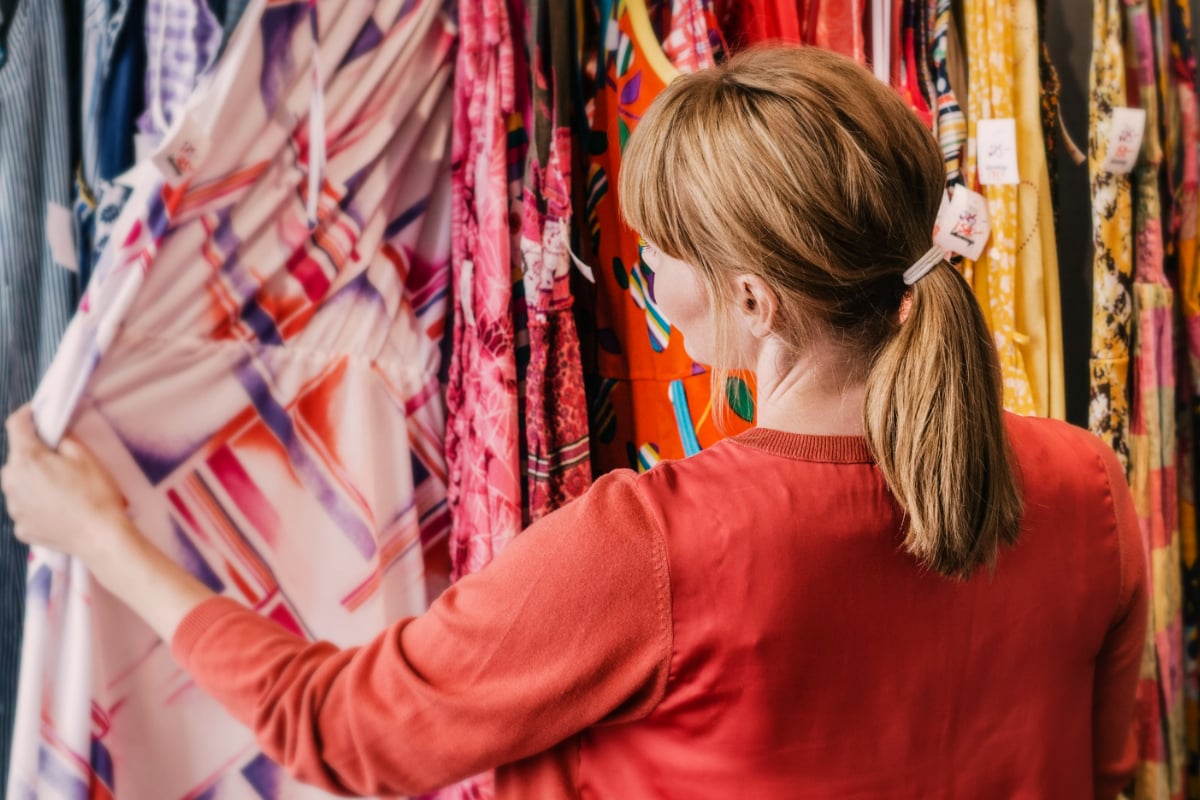
Ladies, you know the drill.
A formal event is coming up – like a wedding – and the pressure is on to buy a brand new dress. And no, we can’t wear one we already own, because those photos have been all over Instagram and Facebook. So we inevitably fork out $100 to $300 for a dress that we will, probably, only wear once, maybe twice.
Which is why it might not be so surprising that a lot of us – actually, 2.3 million – are buying clothes only to wear and return them later.
And if you are planning to buy a and return a dress to wear to a wedding, can it be white? Not everyone thinks so.
According to research from Finder, one in eight shoppers have bought clothes with the intention of wearing the item then returning it, with millennials the biggest offenders.
So is it a brilliant life-hack or a little bit dodgy? Can it be… both?
One such millennial whose made buying and returning outfits a regular routine is NSW mum-of-two Chelsea.
The 25-year-old told Mamamia that over the past nine years she’s worn and returned about 15 dresses ranging in cost from $150 to $300 plus.
Top Comments
Ugh. Alternately, if you aren't a horrible person, if you buy a dress from brands with a large following like Gorman, Wheels and Dollbaby, Camilla etc you can wear them, then resell them on e-bay perfectly honestly. You'll often get the price you paid for them or more, if the style sold out, and no one is being defrauded. If its a decent dress, you're unlikely to end up having spent more than $50 in the long run. Or invest in a decent dress and wear it several times like a rational person. Until about 50 years ago most people only had a few outfits, and thats if they were lucky.
I really don't think Mamamia should be encouraging or giving a platform to this type of behaviour. It is illegal, disgusting and ruining our fashion industry.